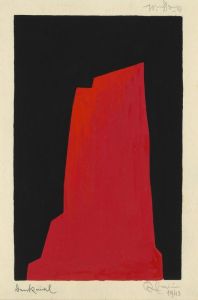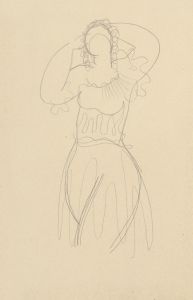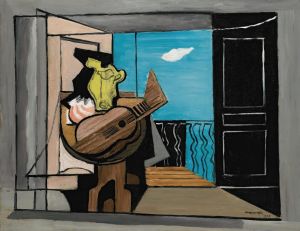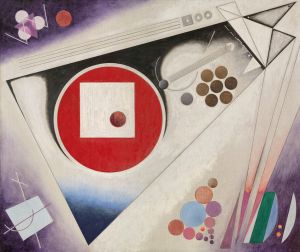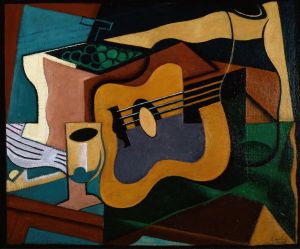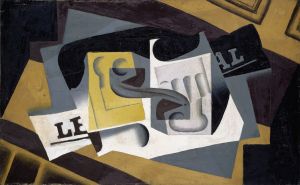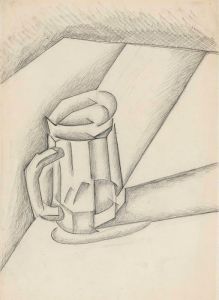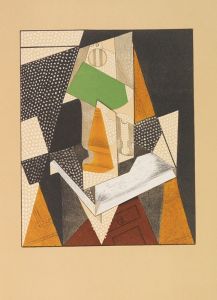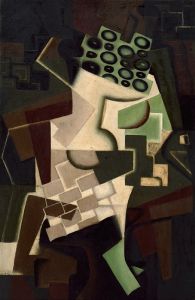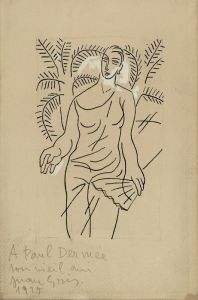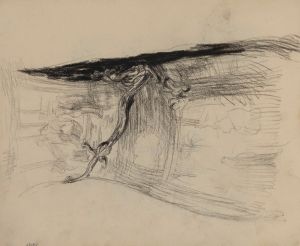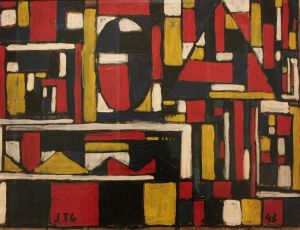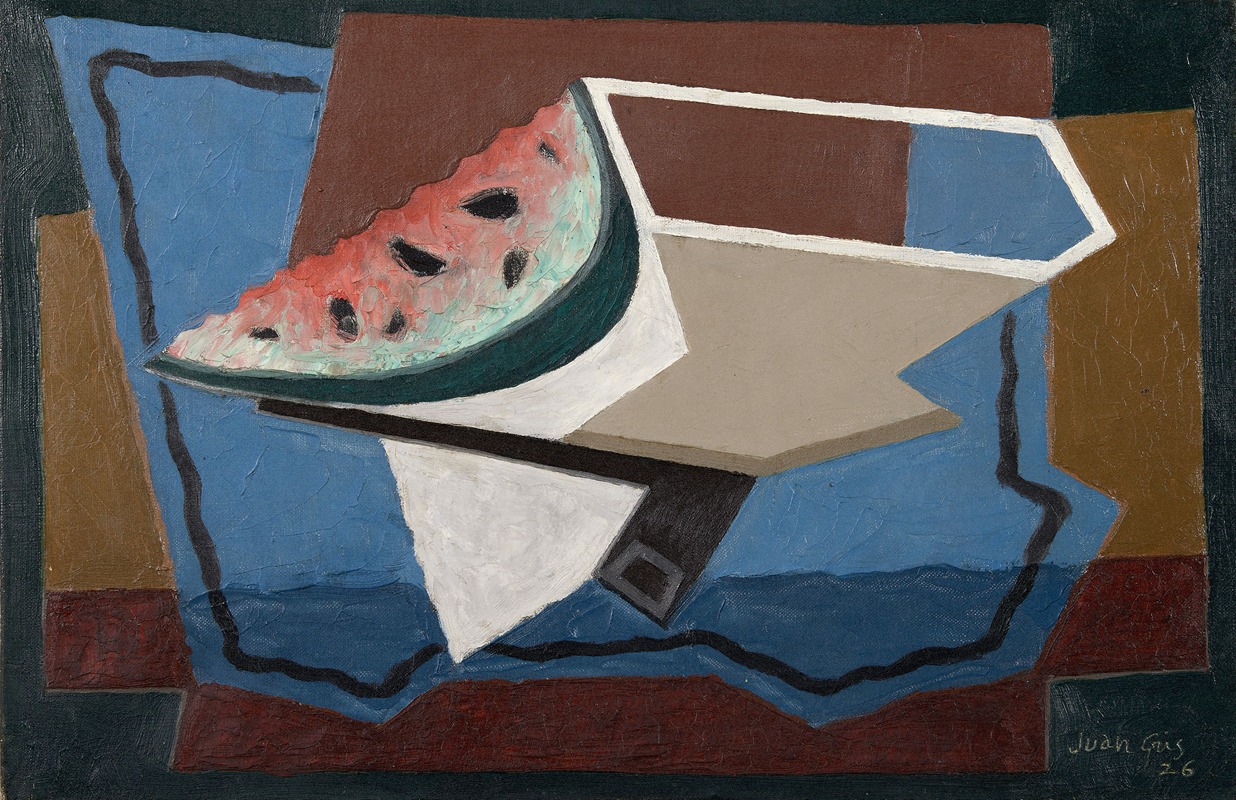
La tranche de pastèque
A hand-painted replica of Juan Gris’s masterpiece La tranche de pastèque, meticulously crafted by professional artists to capture the true essence of the original. Each piece is created with museum-quality canvas and rare mineral pigments, carefully painted by experienced artists with delicate brushstrokes and rich, layered colors to perfectly recreate the texture of the original artwork. Unlike machine-printed reproductions, this hand-painted version brings the painting to life, infused with the artist’s emotions and skill in every stroke. Whether for personal collection or home decoration, it instantly elevates the artistic atmosphere of any space.
La tranche de pastèque, translated as "The Slice of Watermelon," is a painting by the Spanish artist Juan Gris, a prominent figure in the Cubist movement. Gris, whose real name was José Victoriano González-Pérez, was born on March 23, 1887, in Madrid, Spain. He moved to Paris in 1906, where he became closely associated with the avant-garde art scene, particularly with the Cubists, including Pablo Picasso and Georges Braque.
Juan Gris is known for his distinctive approach to Cubism, characterized by a more structured and geometric style compared to the more fragmented forms of his contemporaries. His work often incorporated elements of collage and a vibrant color palette, which set him apart within the movement.
La tranche de pastèque was created in 1916, during a period when Gris was refining his Cubist style. This painting exemplifies his mature phase, where he combined elements of Synthetic Cubism with a keen sense of color and composition. The artwork features a still life composition, a common subject in Gris's oeuvre, and includes a slice of watermelon as its focal point. The painting is noted for its harmonious balance of shapes and colors, demonstrating Gris's ability to blend abstraction with recognizable forms.
In La tranche de pastèque, Gris employs a variety of geometric shapes to construct the image, using overlapping planes to create a sense of depth and dimensionality. The watermelon slice is depicted with a combination of curved and angular forms, highlighting Gris's skill in integrating natural objects into the Cubist aesthetic. The color scheme is vibrant, with the red of the watermelon contrasting against other muted tones, showcasing Gris's adept use of color to enhance the visual impact of the painting.
Gris's work during this period was influential in the development of Cubism, as he introduced a more systematic and theoretical approach to the style. His paintings often explored the relationship between objects and their representation, challenging traditional perspectives and encouraging viewers to engage with the artwork on a conceptual level.
La tranche de pastèque is housed in the collection of the Museo Reina Sofía in Madrid, Spain. The museum is home to a significant collection of 20th-century art, including works by other key figures of the Cubist movement. Gris's painting is an important part of this collection, offering insight into the evolution of Cubism and the contributions of Spanish artists to the movement.
Overall, La tranche de pastèque is a testament to Juan Gris's innovative approach to art and his role in shaping the trajectory of modern painting. Through his unique interpretation of Cubism, Gris left a lasting impact on the art world, influencing future generations of artists and continuing to be celebrated for his contributions to the avant-garde.






